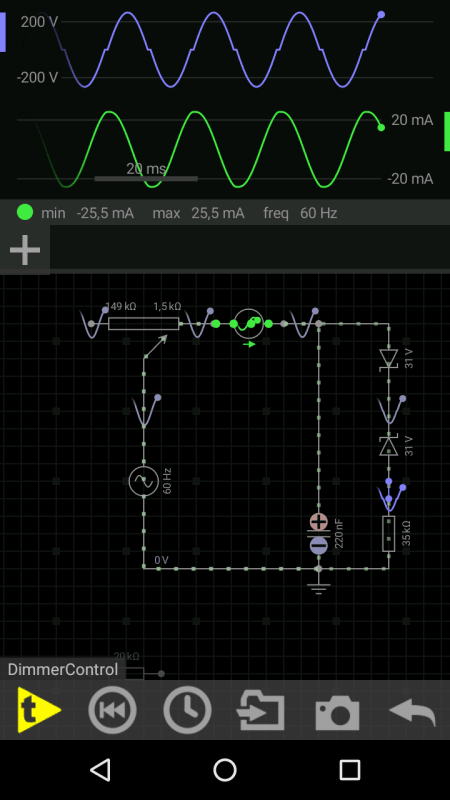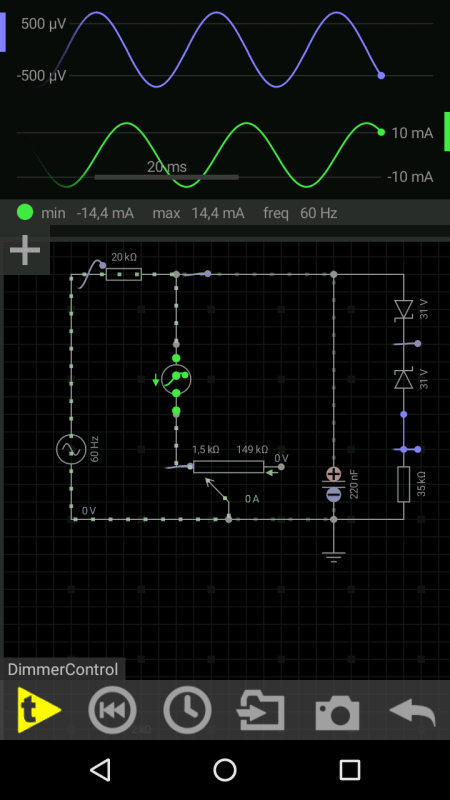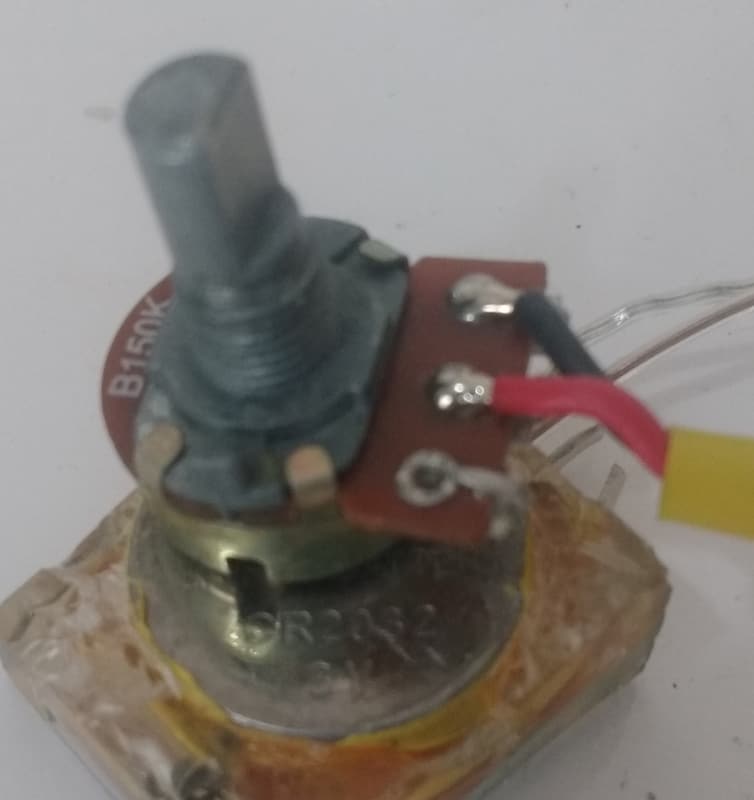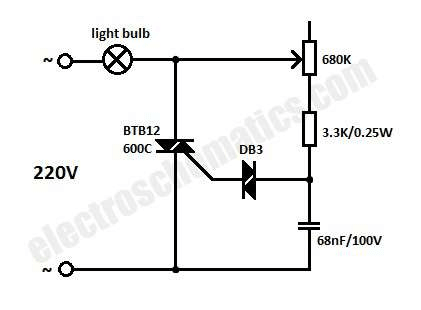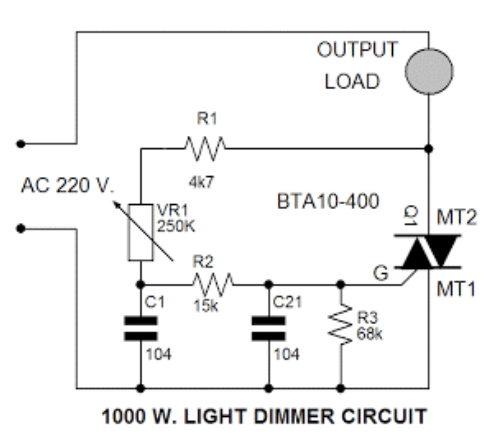I need to design a dimmer, but I'm having a problem with the potentiometer, that heats up too much
It's 150k, and it's practically impossible to get a different one
The same problem goes to the diac/zeners: also difficult to get a different one. Right now I'm using the DB3 diac, that conducts after 31V, symmetrically.
No limitations on the capacitor, however: any values I have available.
Adding insult to the injury: the dimmer must work with it's whole excursion: from cutoff to maximum.
Cutoff is easy: around 5mA passes through the potentiometer, so the voltage on the node stays below the 31V
Saturation is hard: around 20mA passes through the potentiometer. Stinks instantly.
I could not think/simulate any arrange of resistors that could do this trick
Anyone with a solution or similar experience ?
It's 150k, and it's practically impossible to get a different one
The same problem goes to the diac/zeners: also difficult to get a different one. Right now I'm using the DB3 diac, that conducts after 31V, symmetrically.
No limitations on the capacitor, however: any values I have available.
Adding insult to the injury: the dimmer must work with it's whole excursion: from cutoff to maximum.
Cutoff is easy: around 5mA passes through the potentiometer, so the voltage on the node stays below the 31V
Saturation is hard: around 20mA passes through the potentiometer. Stinks instantly.
I could not think/simulate any arrange of resistors that could do this trick
Anyone with a solution or similar experience ?


